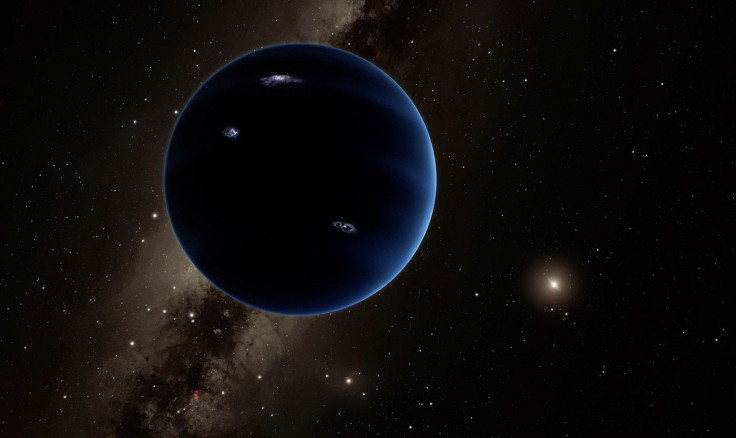Breakthrough Study Narrows Down Search For Habitable Exoplanets

Planets need liquid water in order to sustain complex life. If a planet is too close to a star, its water will vaporize, while being too far will cause the water to freeze and the planet ’s surface will not be warm enough to sustain life. Earth, for instance, is in our solar system’s so-called Goldilocks Zone, which means that it is in just the right place in the solar system where it is neither too hot nor too cold for liquid water.
However, location is evidently not the only important factor for a planet to be habitable and a team of researchers just figured out a way to narrow down the search for other habitable planets.
Chemistry
Other studies have characterized the atmospheres of M dwarf planets using climate modeling. However, in a new study to be published on Nov. 14 in the Astrophysical Journal, researchers from Northwestern University, University of Colorado Boulder, Massachusetts Institute of Technology and NASA’s Virtual Planet Observatory combined 3D climate modeling with atmospheric chemistry and photochemistry.
By doing so, the researchers had a better understanding of how a star’s UV radiation actually affects a planet and its habitability.
In simulations, the researchers found that the planets around active stars emitting large amounts of UV radiation are the ones that lose significant water to vaporization, while the planets that are around calmer, inactive stars can retain more liquid water. Further, the team also found that planets with thin ozone layers are hazardous for complex life even if they have favorable temperatures because the thinness of the ozone layer allows large doses of harmful UV radiation to reach the surface.
Habitable Planets
Simply put, the researchers discovered other significant factors contributing to a planet’s habitability apart from its location, thereby narrowing down the search for habitable planets. This way, observational astronomers will know where best to look for habitable planets, especially with telescopes such as the Hubble Space Telescope and James Webb Space Telescope that can detect water vapor and ozone layers on planets.
“Still, there are a lot of stars and planets out there, which means there are a lot of targets,” senior author Daniel Horton said. “Our study can help limit the number of places we have to point our telescopes," he added.
© Copyright IBTimes 2024. All rights reserved.






















